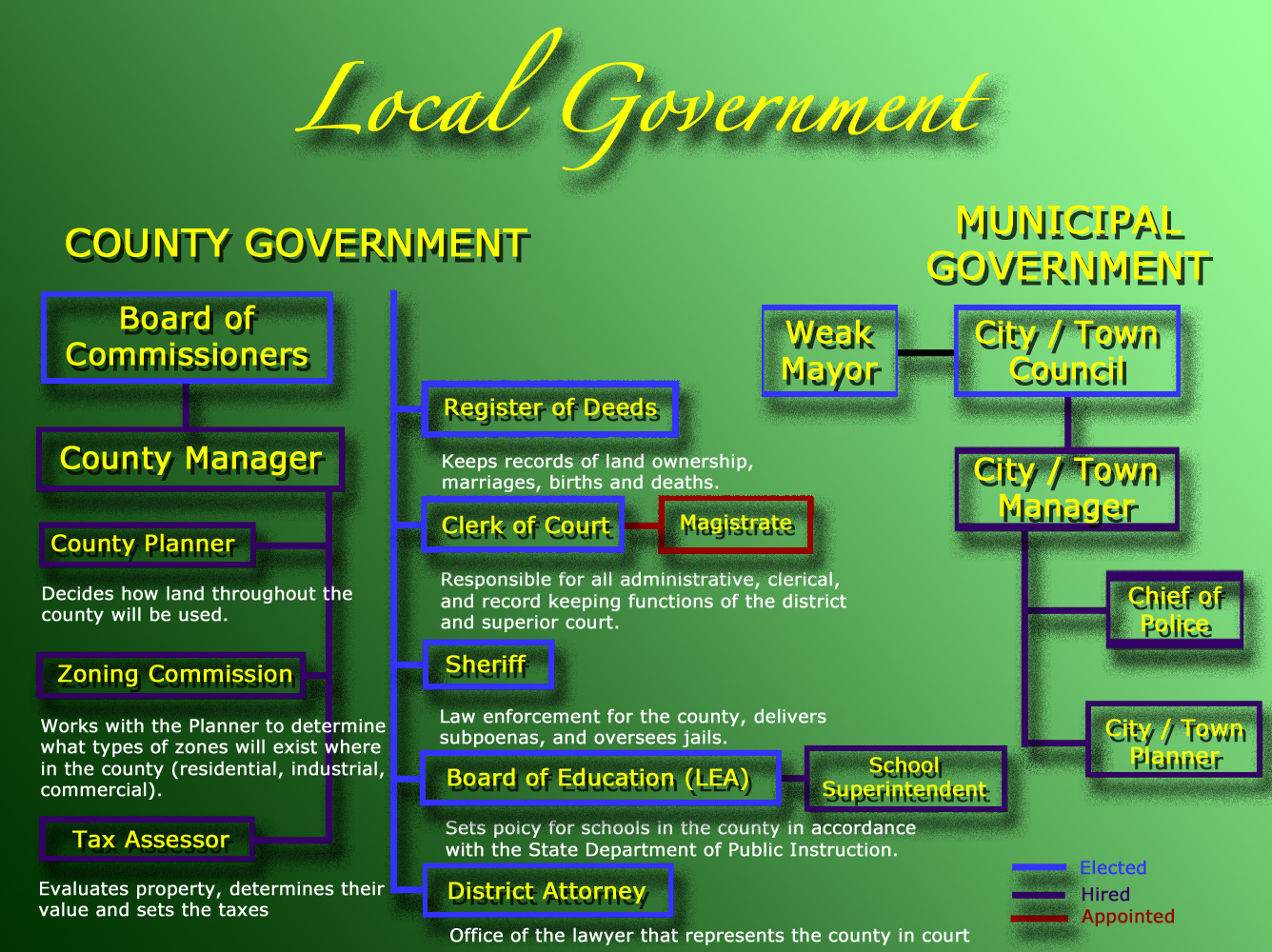


In 2010-14, almost every congressional district contained at least one neighborhood where the poverty rate exceeded 20 percent, a threshold at which negative effects of concentrated poverty begin to emerge. Poor neighborhoods, as well as poor individuals, cut across the political divide. O’Rourke’s district in El Paso, Texas, which saw poverty rates decline amid overall population gains.Īll but two congressional districts are home to at least one area of high poverty. Norton’s district in Washington, D.C., and Rep. Eleven are predominantly urban Democratic districts, including those in New York and Los Angeles where the number of people in poverty fell, as well as Rep. Just 15 districts saw poverty rates fall from 2000 to 2010-14. Percentage Point Change in the Poverty Rate Congressional Districts with the Largest Poverty Rate Increases, 2000 to 2010-14 Party Adams in Charlotte-and the suburban districts in Atlanta represented by Reps. They encompass a mix of urban and suburban areas-including the largely urban districts represented by Rep. Thirty-one districts posted an increase at least twice the national average, 22 of which were Democratic. During this period, 236 red and 165 blue districts experienced a significant uptick in the share of the population living below the poverty line. Rogers in Kentucky), both of which lost population overall during this time.īetween 20-14, the poverty rate increased in 96 percent of Republican districts and 86 percent of Democratic districts. Two of the 10 were predominantly rural Republican districts (led by Rep. Clarke, Jeffries, Maloney, and Rangel) and two adjacent districts in Los Angeles (Reps. Eight of them were largely or entirely urban districts led by Democrats, including four neighboring districts in New York (Reps. In contrast, just 10 districts registered a significant decrease in their poor populations. In turn, suburbs accounted for the largest share of the “new” poor over this time period in both Republican and Democratic districts. Within congressional districts, the poor population grew faster in suburban communities (by 75 percent in red districts and 50 percent in blue districts) than other types of communities (Figure 1). Source: Brookings Institution analysis of decennial census and American Community Survey dataĪlthough these districts stand out for fast growth in their poor populations, they also reflect a broader national trend in which suburbs became home to the largest and fastest-growing poor population in the 2000s. Congressional Districts with the Fastest Growth in Poor Population, 2000 to 2010-14 Party At the same time, poverty rates rose by similar margins in both red and blue districts (3.3 and 3.2 percentage points, respectively). As a result, Republican districts accounted for 60 percent of the increase in the nation’s poor population during that time. The number of people living below the poverty line (e.g., $24,230 for a family of four in 2014) in Republican districts climbed by 49 percent between 20-14 compared with a 33 percent increase in Democratic districts. But Republican districts have more poor residents overall: 25.1 million poor people lived in red districts in 2010-14 compared with 22.7 million in blue districts.īetween 20-14, the poor population grew faster in red districts than blue. Taken together, the poverty rate in districts represented by Democrats in 2016 (“blue” districts) was 17.1 percent in 2010-14 compared with 14.4 percent in those represented by Republicans (“red” districts). Census Bureau data finds that the challenges of poverty cut across the political divide and touch all 436 congressional districts.Īlthough the poverty rate is higher in districts represented by Democrats, most poor people in the United States live in a community represented by a Republican. As Election Day approaches, voters should be paying attention to what down-ballot candidates-particularly those running for the House of Representatives-have to say about these issues. That these antipoverty agendas have emerged from potential leaders in the next Congress and White House remind us that poverty and opportunity should be more than a top-of-the-ticket conversation.


 0 kommentar(er)
0 kommentar(er)
